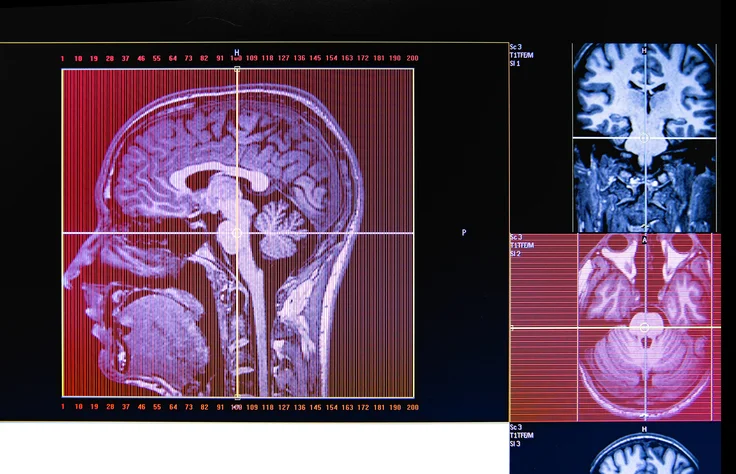What to do when someone has a seizure
/What to do when someone has a seizure
One of the scariest things for a bystander to witness is watching someone have a seizure. You may feel completely helpless as the person may become unresponsive, muscles clenched, with uncontrolled jerking movements convulsing their body. But would you know what to do to help the person in this situation?
What is a seizure?
The brain contains billions of neurons (nerve cells) that create and receive electrical impulses. These electrical impulses are normal and allow neurons to communicate with one another. A seizure is a sudden surge of abnormal electrical activity in the brain. They occur when there is significant disruption of that normal electrical activity in the brain. The general symptoms of seizures may include changes in consciousness, sensation, movement, or behavior.
Are seizures the same thing as epilepsy?
Not all seizures are caused by epilepsy. Epilepsy refers to a condition in which a person has a risk of recurring epileptic seizures. Approximately 10 percent of the general population may experience a seizure during their lifetime, but only 1 percent of the population has epilepsy. A single seizure may or may not progress to a chronic and recurrent condition or epilepsy. Seizures that are not caused by epilepsy can be caused by other conditions such as low blood sugar, a fainting spell, or an anxiety attack. In fact, doctors have identified more than 30 different types of seizures.
Symptoms of a seizure
Generally, what most people associate with what a seizure is, is one of the most common seizure types called a convulsion. This may also be called a “tonic clonic” or “grand mal” seizure. In this type of seizure, a person may stiffen and have jerking muscle movement; during the muscle-jerking, the person may bite their tongue, causing bleeding or frothing at the mouth.
Other seizures are less dramatic. Shaking movements may be isolated to one arm or part of the face. A person may also suddenly stop responding and stare for a few seconds, sometimes with chewing motions or smacking the lips.
Overall, signs and symptoms of a seizure can range from mild to severe and vary depending on the type of seizure. These signs may include:
· Temporary confusion
· A staring spell
· Uncontrollable jerking movements of the arms and legs
· Loss of consciousness or awareness
· Cognitive or emotional symptoms such as fear, anxiety or déjà vu
How to help someone having a seizure
If you happen to be with someone having a seizure, the most important thing you can do is to make sure they do not harm themselves or anyone else. If the seizure is milder such as a staring spell or shaking of the legs or arms, these are not considered an emergency. But you should gently guide them away from any threat such as walking into traffic or attempting to go down a flight of stairs.
But, if a person is having a major seizure such as a tonic clonic, then the first aid you administer will be a matter of taking precautions to keep them safe and unharmed. Here are examples of what you can do in this situation:
· Roll them over onto their side. This will prevent them from choking on vomit or saliva and to keep the airways clear.
· Cushion the person’s head
· Loosen their collar so the person can breathe freely
· Do not attempt to restrain the person unless failing to do so could result in bodily harm
· Keep other people out of the way
· Clear hard or sharp objects away from the person
· Look at your watch at the start of the seizure, to time its length. Also observe the symptoms as this information can help medical personnel later.
· Contrary to popular belief, don’t put anything into their mouth. It is not possible for a person to swallow their tongue. If you were to try to put something in their mouth, they could damage their teeth or bite you
· Stay by the person’s side throughout the seizure
· Stay calm as it will probably be over quickly
· Do not shake the person or shout as this will not help
Usually after a seizure, a person may be tired, groggy, embarrassed or otherwise disoriented. Not all seizures warrant immediate medical attention. But there can be situations when calling 911 is needed for the following reasons:
· The person is pregnant or diabetic
· The seizure happened in water
· The seizure lasts longer than five minutes
· The person does not regain consciousness after the seizure
· The person stops breathing after the seizure
· The person has a high fever
· Another seizure begins before the person regains consciousness following a previous seizure
· The person injures himself during the seizure
· If this is the first seizure the person has ever had





































































